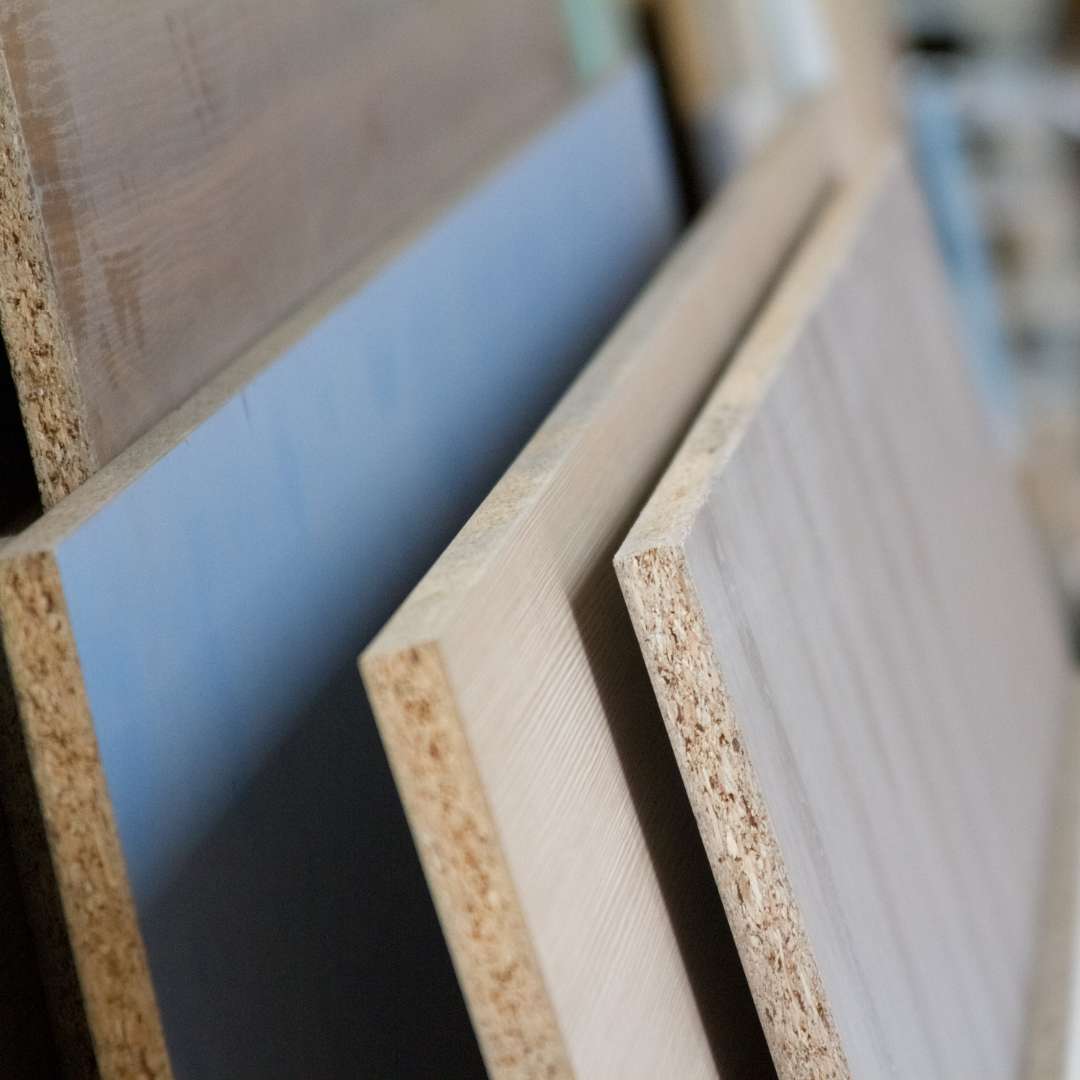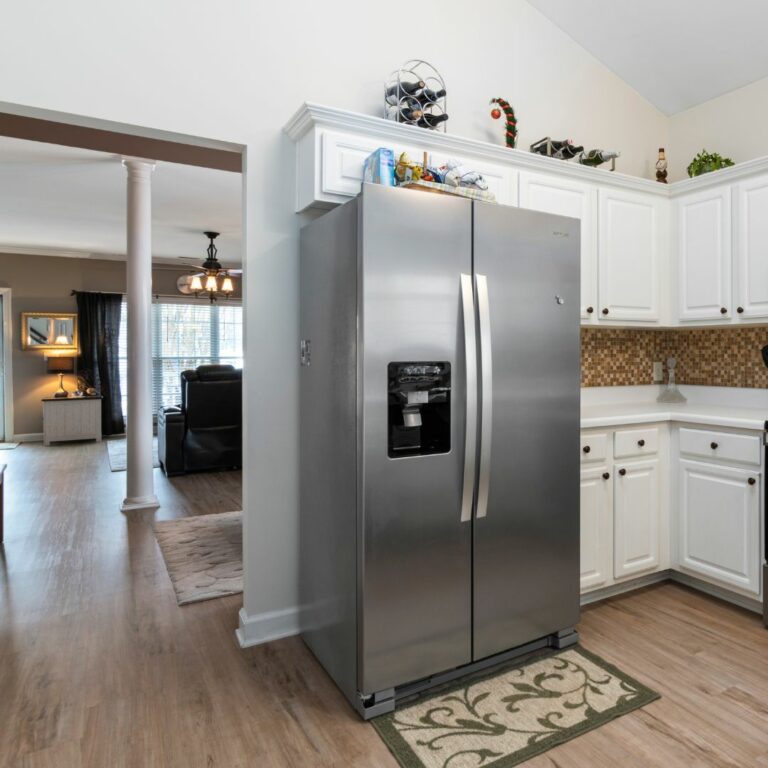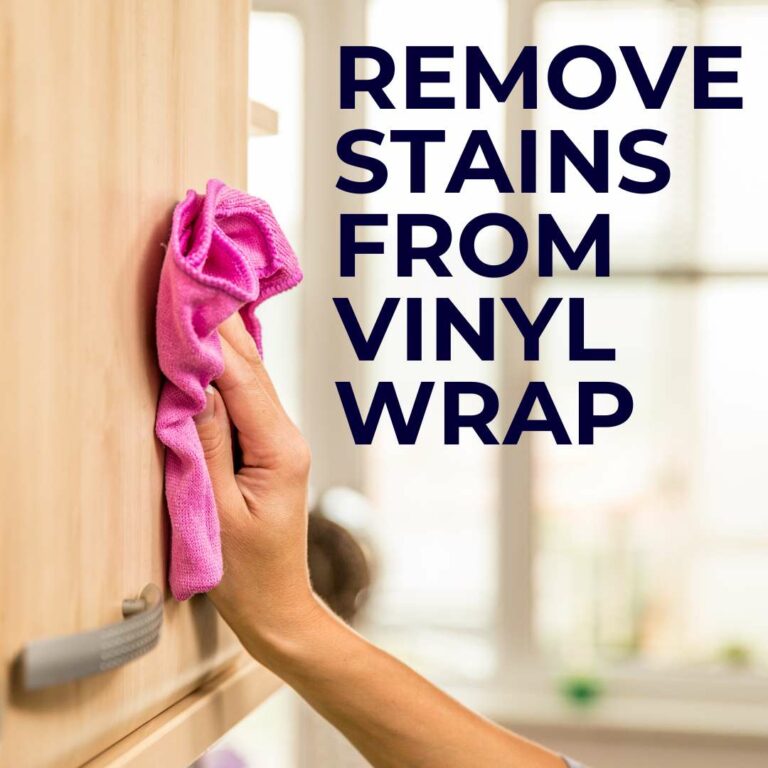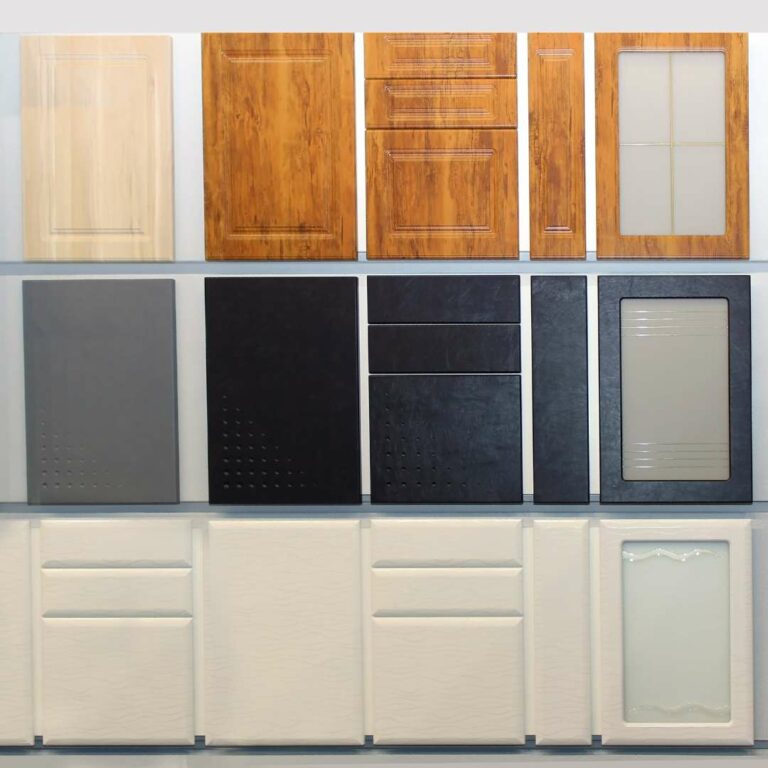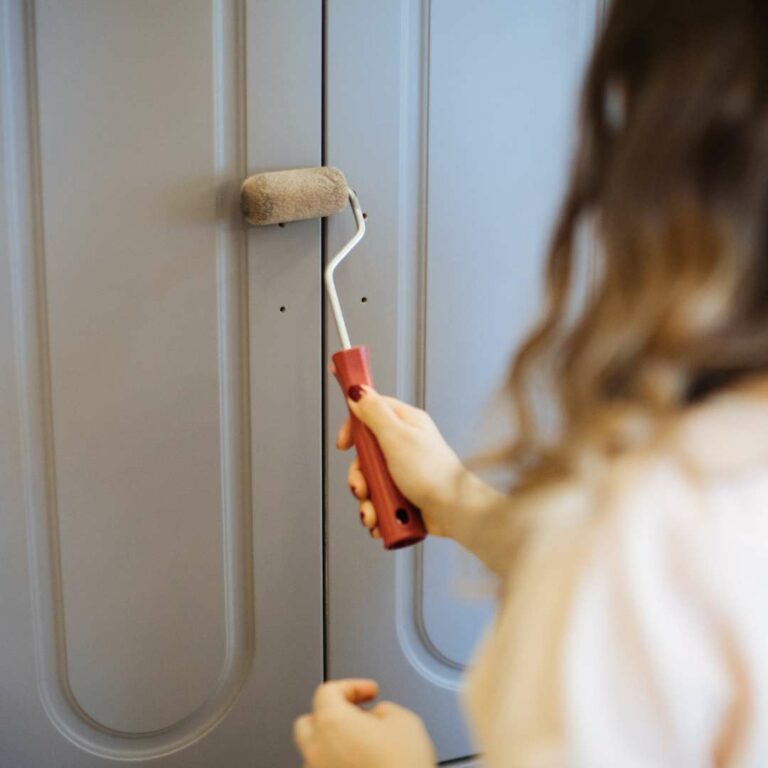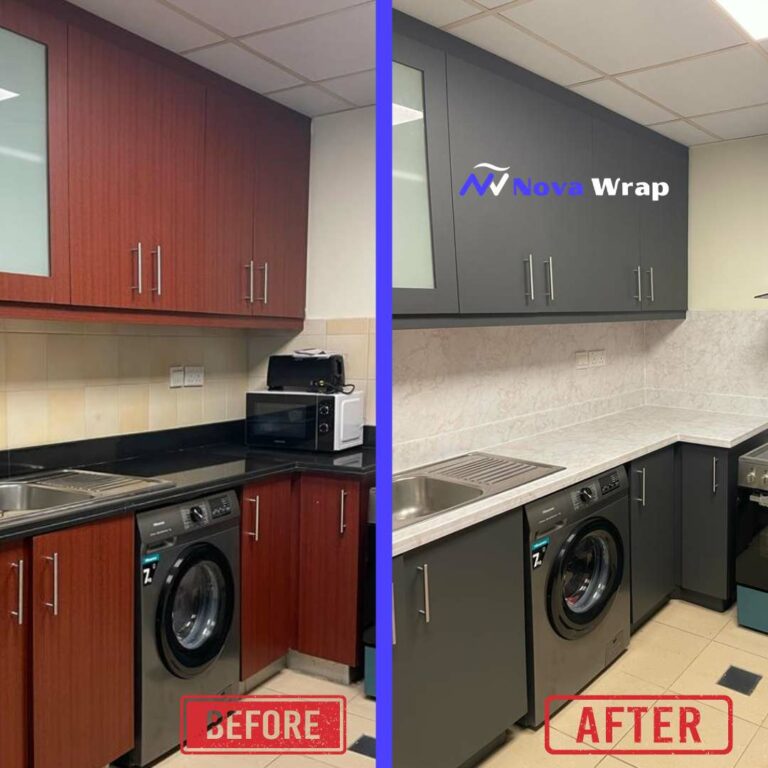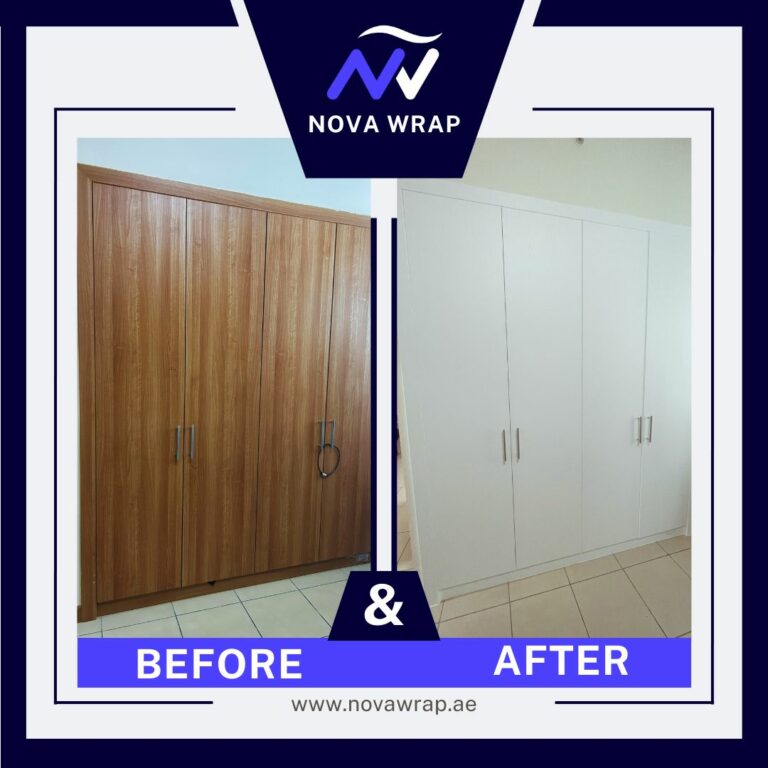Vinyl wrapping has emerged as a popular technique for transforming surfaces with vibrant colors, intricate patterns, and durable finishes. From vehicles and furniture to walls and signage, vinyl wrapping offers endless possibilities for customization and personalization.
But what about Medium-Density Fiberboard (MDF), a common material in furniture and cabinetry? Can you vinyl wrap MDF and achieve professional results?
Unveiling the Secrets of Vinyl Wrapping
Vinyl wrapping involves applying thin, adhesive-backed vinyl film onto various surfaces to change their appearance or enhance their durability. The process typically involves meticulous surface preparation, precise application techniques, and post-installation finishing for optimal results.
Vinyl wrapping offers several advantages over traditional finishing methods, including the ability to achieve custom designs, protect underlying surfaces from scratches and UV damage, and facilitate easy removal or replacement of the vinyl film when desired. With a wide range of colors, textures, and finishes available, vinyl wrapping provides unparalleled versatility and flexibility in design applications for all sorts of use cases like your kitchen cabinets, bathrooms and other household items.
MDF for Vinyl Wrapping
Medium-Density Fiberboard (MDF) is a versatile engineered wood product made from wood fibers and resin, renowned for its smooth surface, uniform density, and ease of machining. Commonly used in furniture, cabinetry, and interior trim, MDF offers a stable and cost-effective substrate for various applications.
Medium-Density Fiberboard (MDF) also offers a promising substrate for vinyl wrapping, but its suitability depends on various factors.
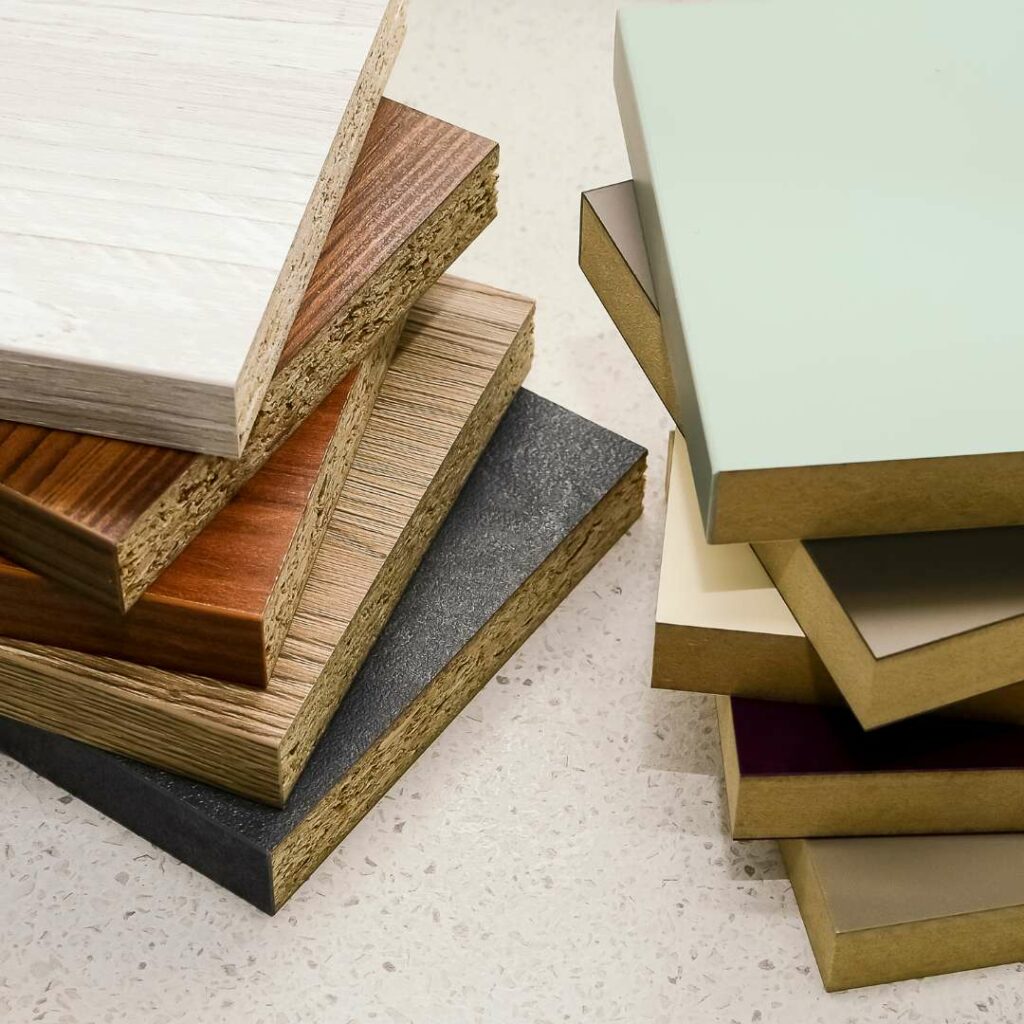
Factors to Consider When Vinyl Wrapping MDF
When it comes to vinyl wrapping MDF boards for your furniture wrapping projects, there are several important factors that you should consider. From ensuring proper adhesion to selecting the right glue and preparing the surface adequately, these considerations can greatly impact the success of your vinyl wrapping project.
Adhesion Properties of Vinyl to MDF
The key to a long-lasting and professional-looking vinyl wrap is achieving strong adhesion between the vinyl and the MDF surface. To ensure optimal adhesion, it is crucial to choose a high-quality vinyl wrap product specially designed for MDF applications. Our go-to choice is either Bodaq or 3M vinyl film. These products are formulated to adhere well to MDF and provide a durable finish that will withstand daily use and wear.
Recommendation for Glue and Primer Options
Choosing the right glue is another critical factor in vinyl wrapping MDF. It is recommended to use a solvent-based adhesive specifically formulated for MDF. This type of adhesive provides excellent bonding strength and ensures that the vinyl wrap stays in place even under stress or temperature variations.
Tips for Properly Sanding the Surface
To achieve a smooth and flawless finish, proper surface preparation is essential. Before applying the vinyl wrap, it is recommended to sand the MDF surface gently. Sanding helps in creating a uniform texture, eliminating any imperfections or rough spots that may affect the adhesion of the vinyl. Use fine-grit sandpaper and sand in a circular motion for the best results.
Considerations for Wrapping MDF Furniture or Cabinets
When vinyl wrapping MDF furniture or cabinets, it is important to consider the specific characteristics of these pieces. Furniture and cabinets are used regularly, which means they are prone to more wear and tear. To ensure longevity, choose a vinyl film with enhanced durability and resistance to scratches and impact. Additionally, pay attention to edges and corners, as these areas may require special attention during the wrapping process to ensure a seamless and professional finish.
How to Vinyl Wrap MDF Boards
In this section, I will guide you through the process of vinyl wrapping MDF boards. You can use vinyl film to transform the look of MDF furniture and achieve a sleek and stylish finish. Follow these steps to successfully vinyl wrap your MDF boards for your next DIY project.
1. Prepare the Surface
Before beginning the vinyl wrapping process, it is crucial to properly prepare the surface of the MDF boards. Start by sanding the boards to create a smooth and even surface. This step helps the vinyl adhere better and prevents any imperfections from showing through the wrap.
2. Use Primer
Make sure the surface has more than enough primer. Be sure to give it a few minutes to dry a little bit before applying the film.
3. Apply the Vinyl Wrap
Once the surface is prepared, it’s time to apply the vinyl wrap. Carefully measure and cut the vinyl wrap to fit the dimensions of your MDF boards. Peel off the backing of the vinyl and apply it to the surface, smoothing out any air bubbles or wrinkles as you go. Use a heat gun or hairdryer to help the vinyl conform to the contours of the board for a seamless finish.
4. Achieve a Smooth Finish
To achieve a professional-looking finish, use a squeegee or a soft cloth to press the vinyl firmly onto the MDF boards. Start from the center and work your way outwards, ensuring proper adhesion and removing any trapped air bubbles. Pay special attention to the edges and corners, ensuring they are neatly wrapped for a clean and polished look.
Transforming MDF for Vinyl Wrapping
When it comes to vinyl wrapping MDF boards, having some handy tips and tricks up your sleeve can make all the difference in achieving stunning results. Drawing from my personal experience with vinyl wrapping, I have compiled a list of valuable insights that can enhance your projects. From mastering edge wrapping to working with adhesive, here are some tips and tricks to consider:
Mastering Edge Wrapping
Wrapping the edges of MDF panels can be challenging, but with the right technique, you can achieve a seamless finish. Here’s a tip: start by cutting a strip of vinyl slightly wider than the edge you’re wrapping. Then, use a heat gun to soften the vinyl and mold it around the edge, ensuring it adheres smoothly. Apply steady pressure with a squeegee to secure the vinyl in place, and use a utility knife to trim any excess material.
Working with Adhesive
Properly understanding and working with adhesive is crucial for successful vinyl wrapping. To ensure a strong bond, clean the MDF surface thoroughly before applying the vinyl. Wipe it down with a mild detergent or rubbing alcohol to remove any dust, dirt, or grease. Additionally, consider using a primer specifically designed for MDF to enhance the adhesive’s effectiveness.
Another helpful trick is to use a heat gun to activate the adhesive, especially when wrapping complex shapes or corners. Apply heat to the vinyl while pressing it firmly, ensuring it conforms to the panel’s contours. This technique helps the adhesive bond more effectively, ensuring a longer-lasting vinyl wrap.
Wrap Up
Through proper surface preparation, meticulous application techniques, and careful consideration of vinyl selection, it is possible to achieve professional-grade results when vinyl wrapping MDF.

